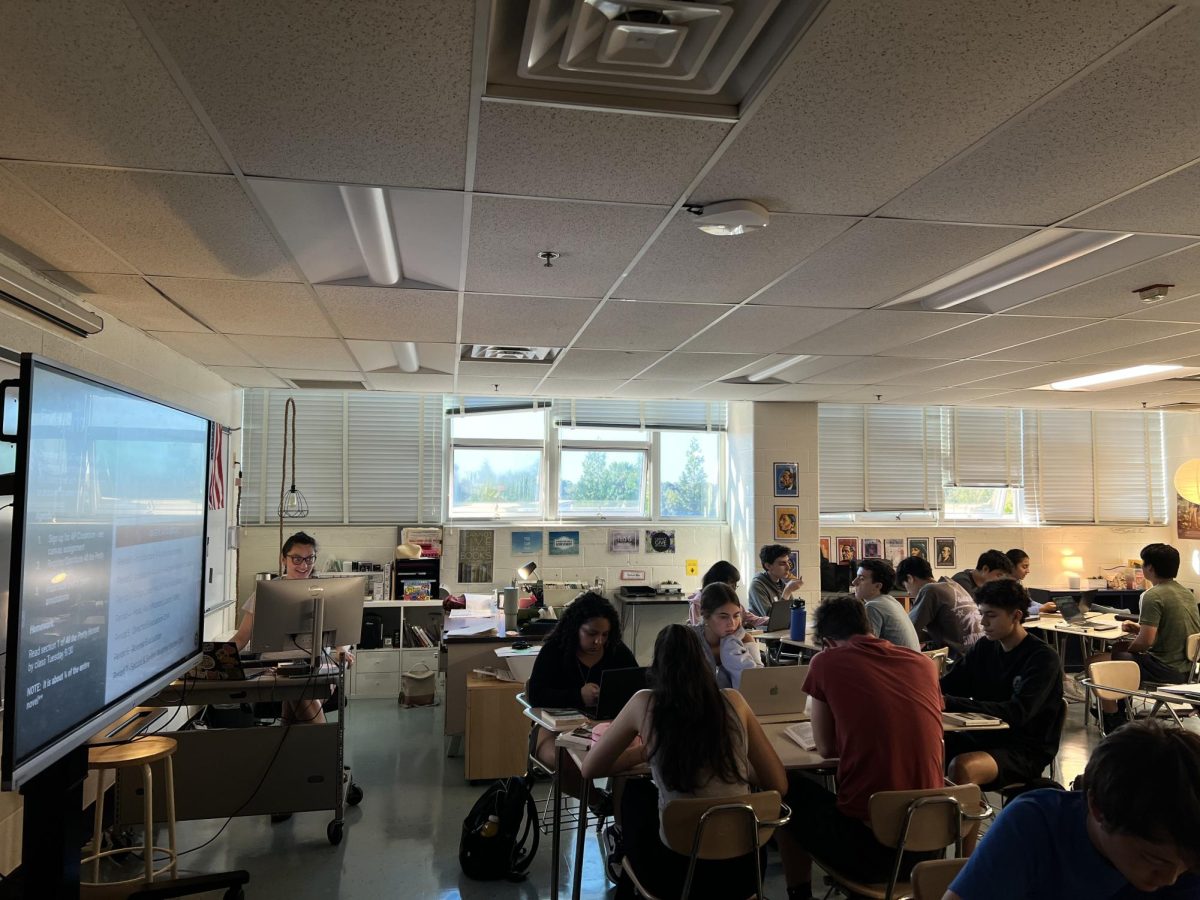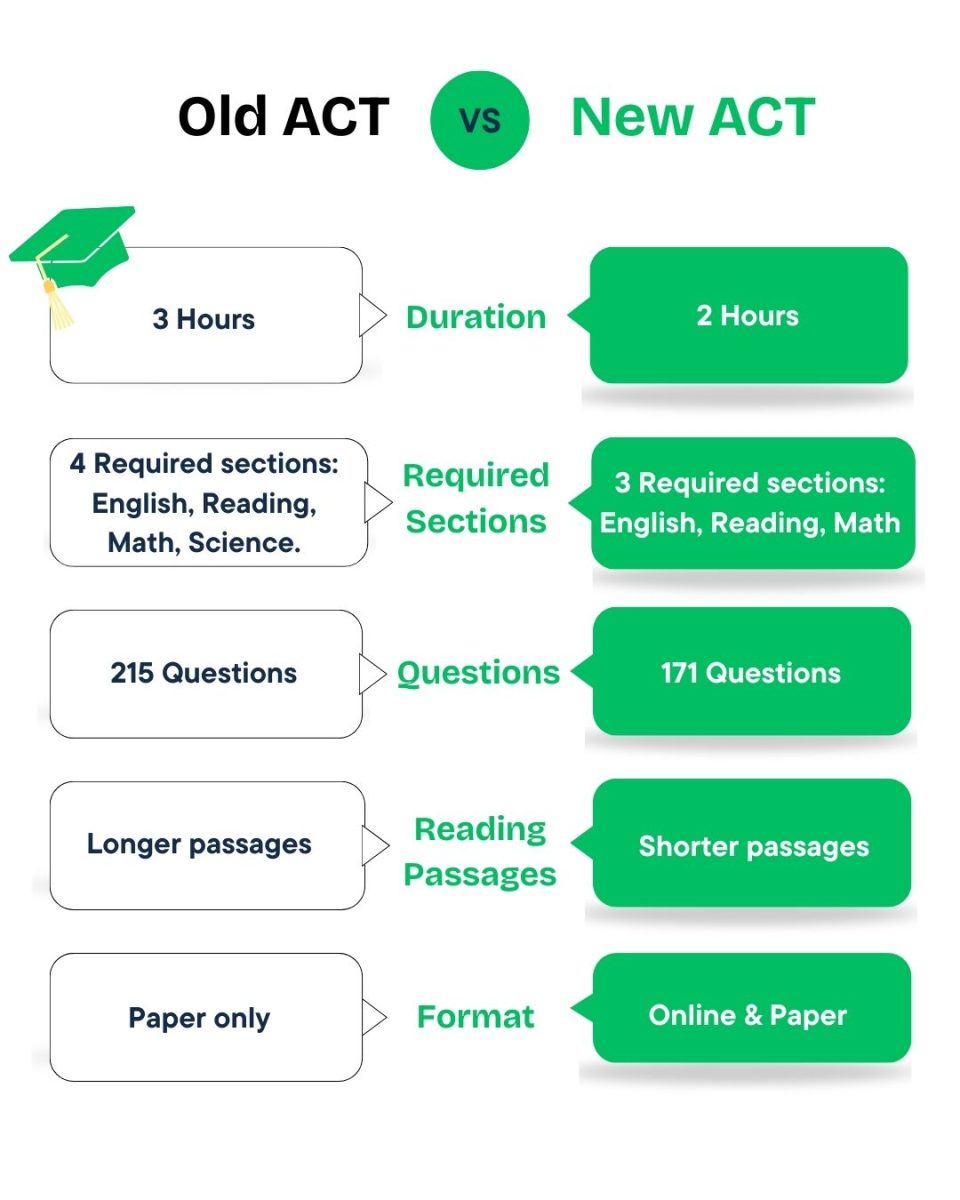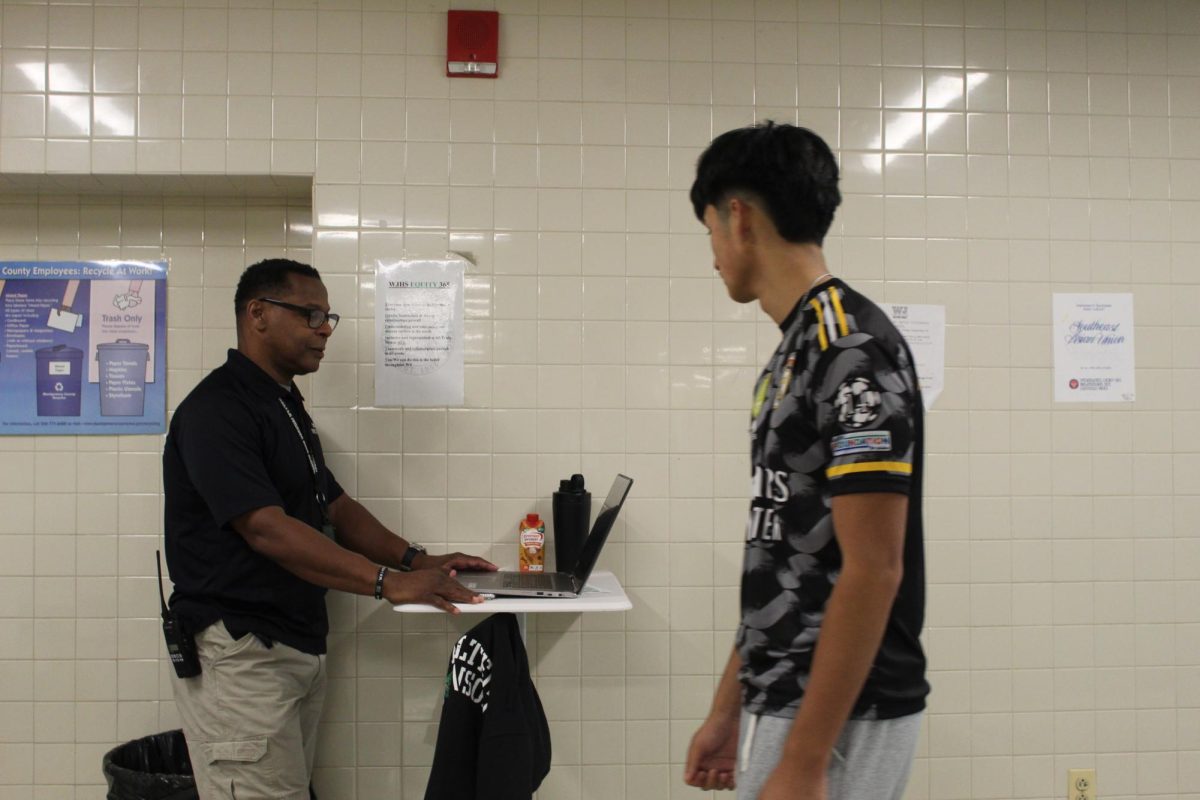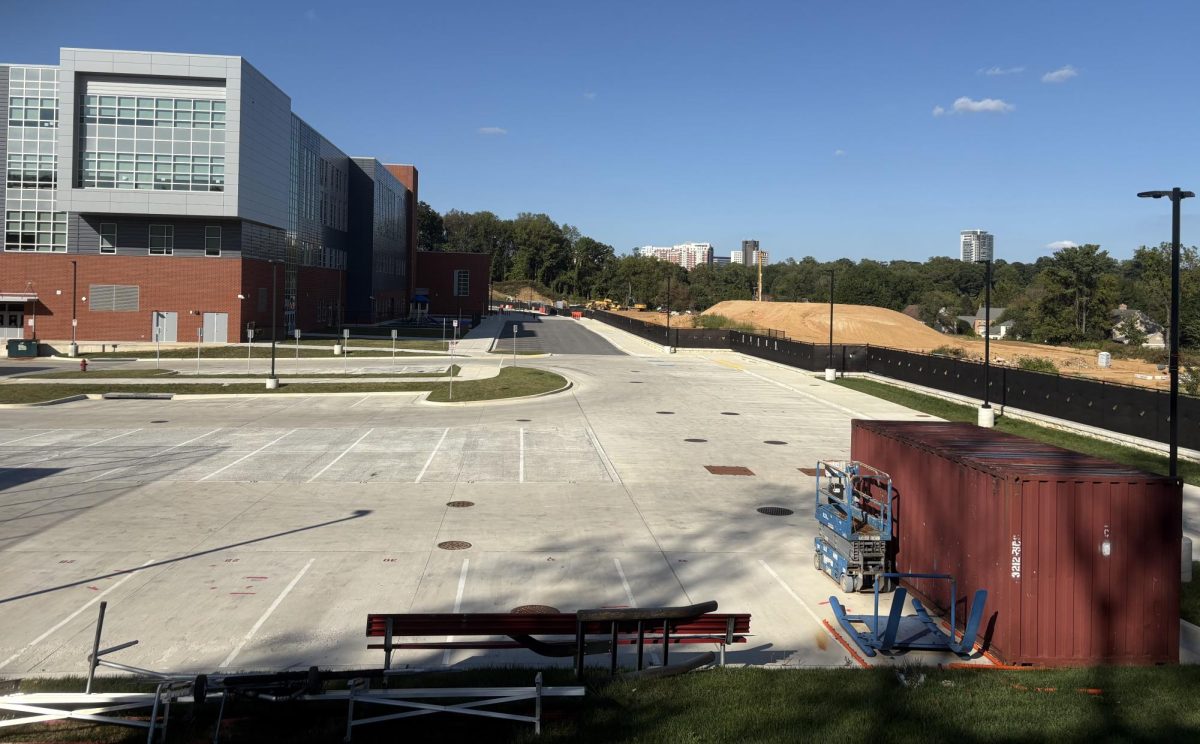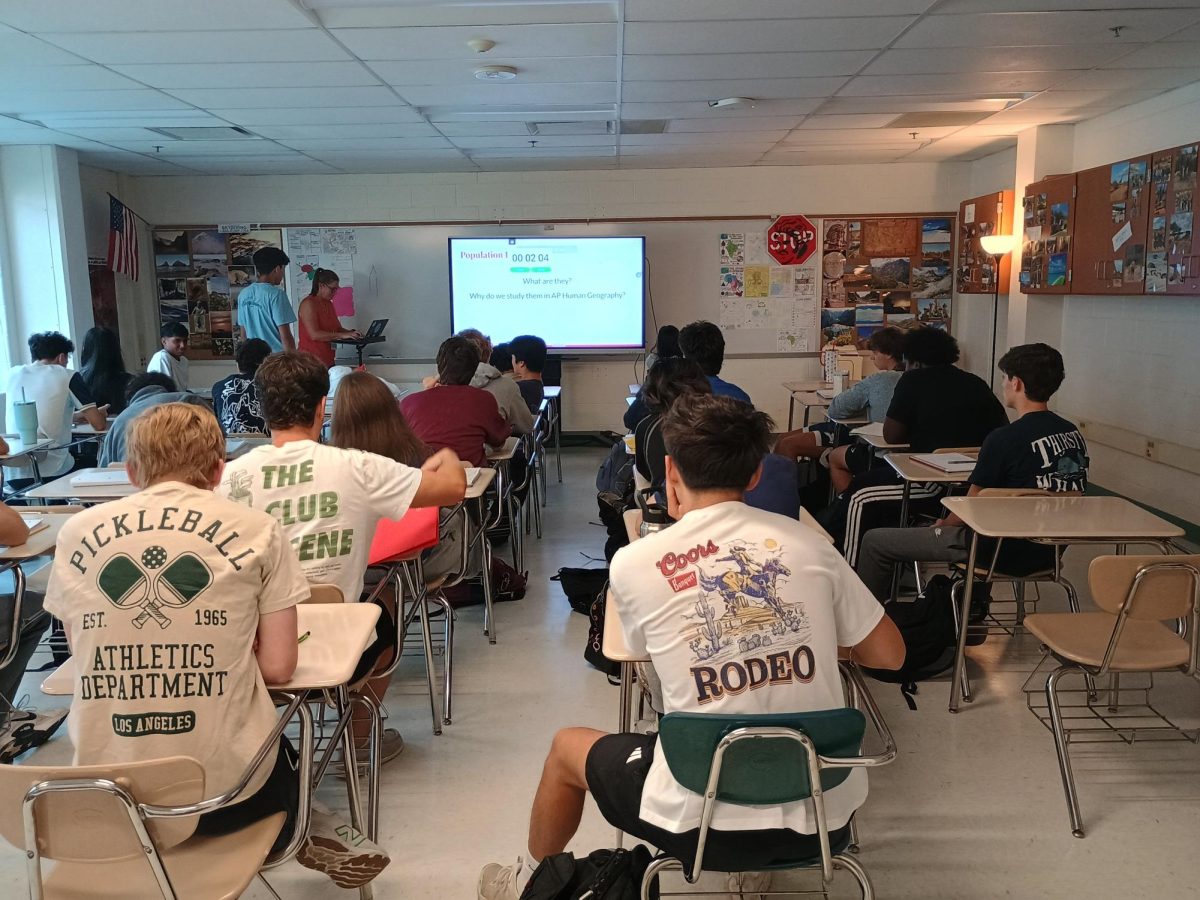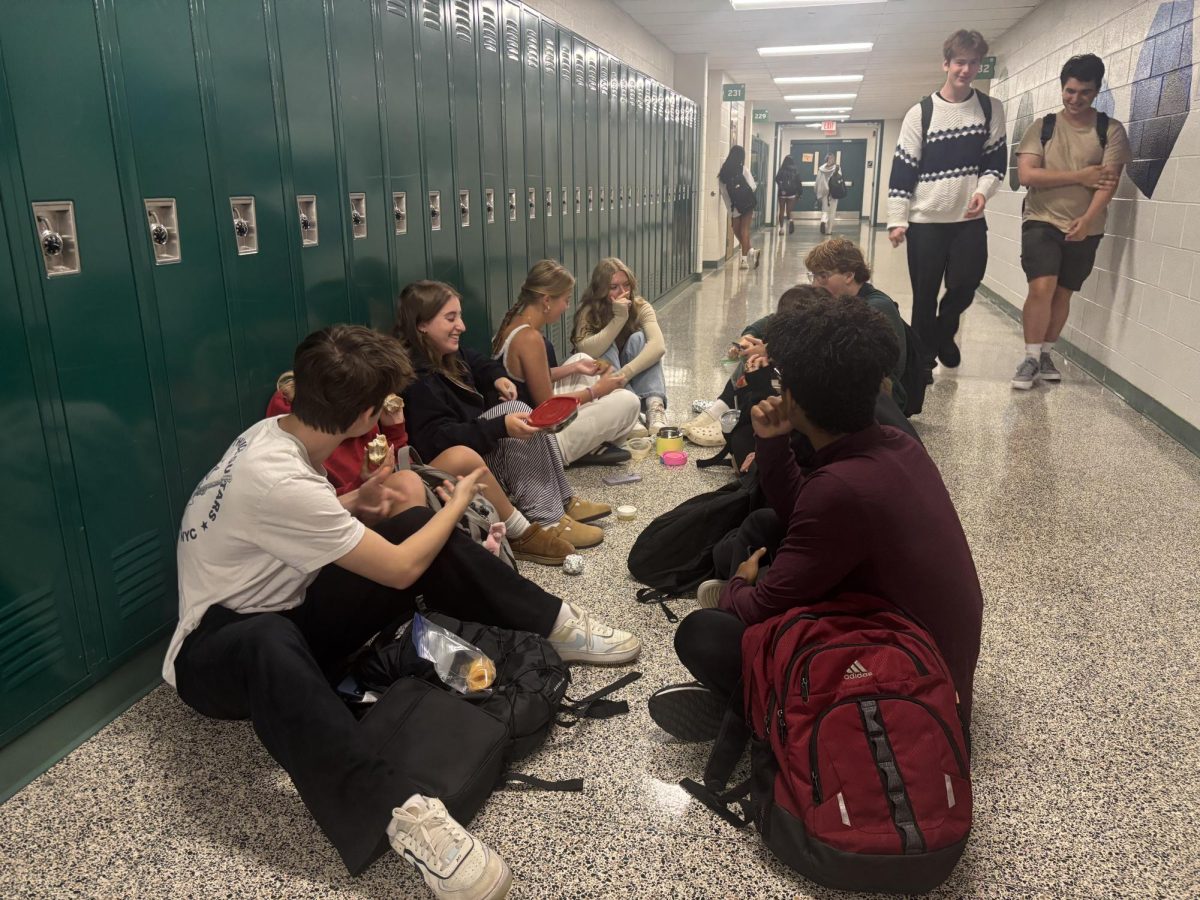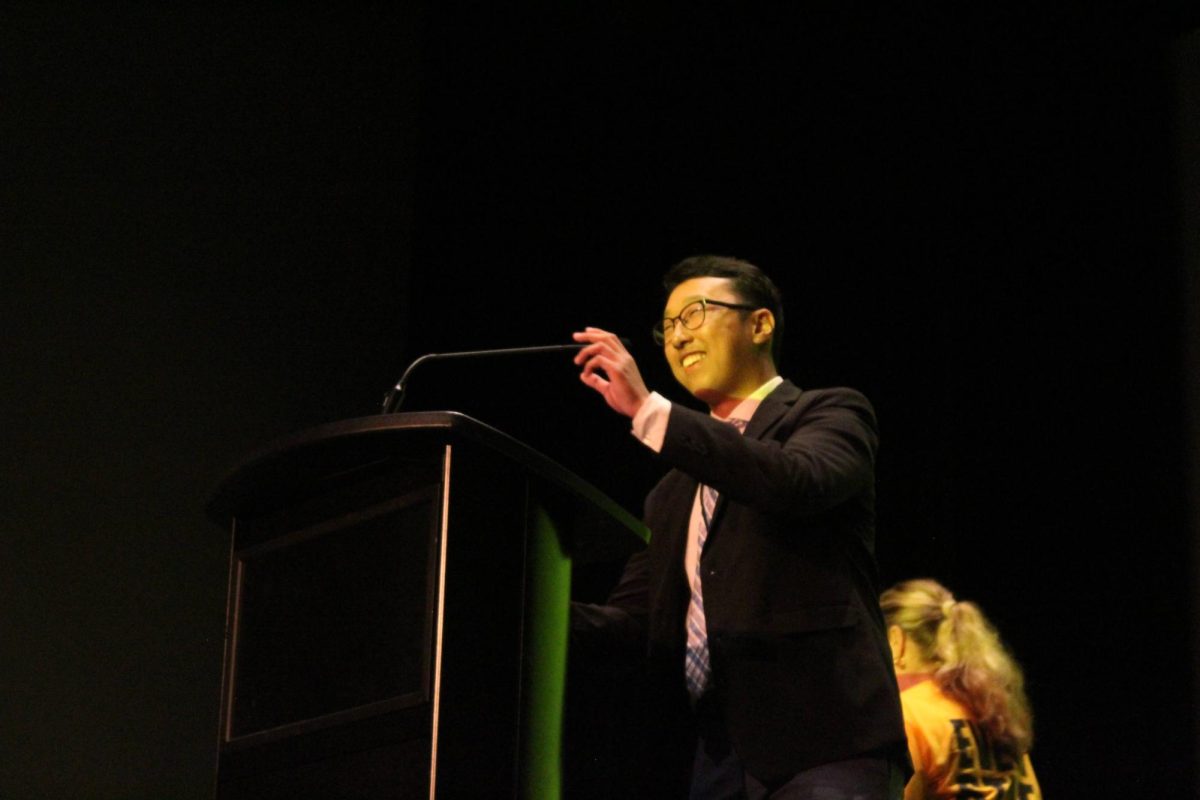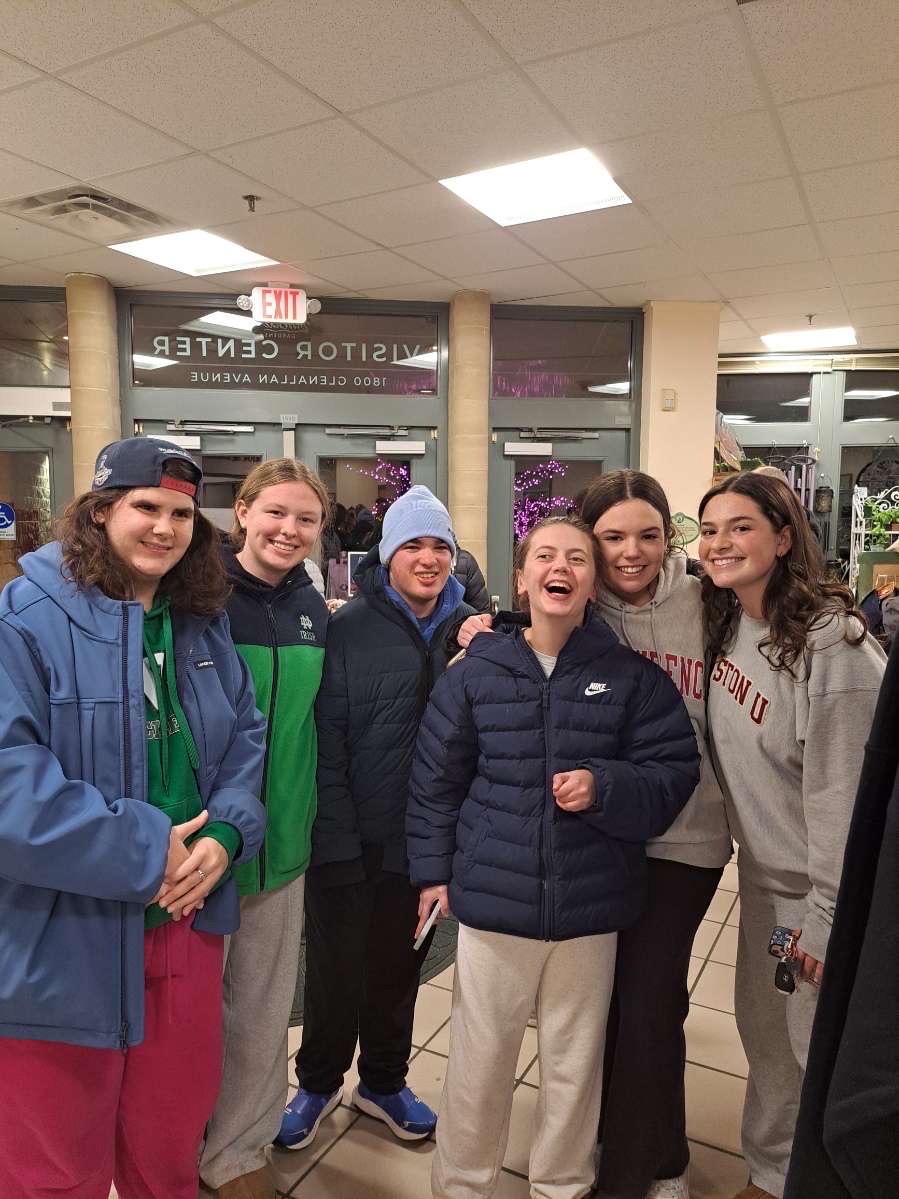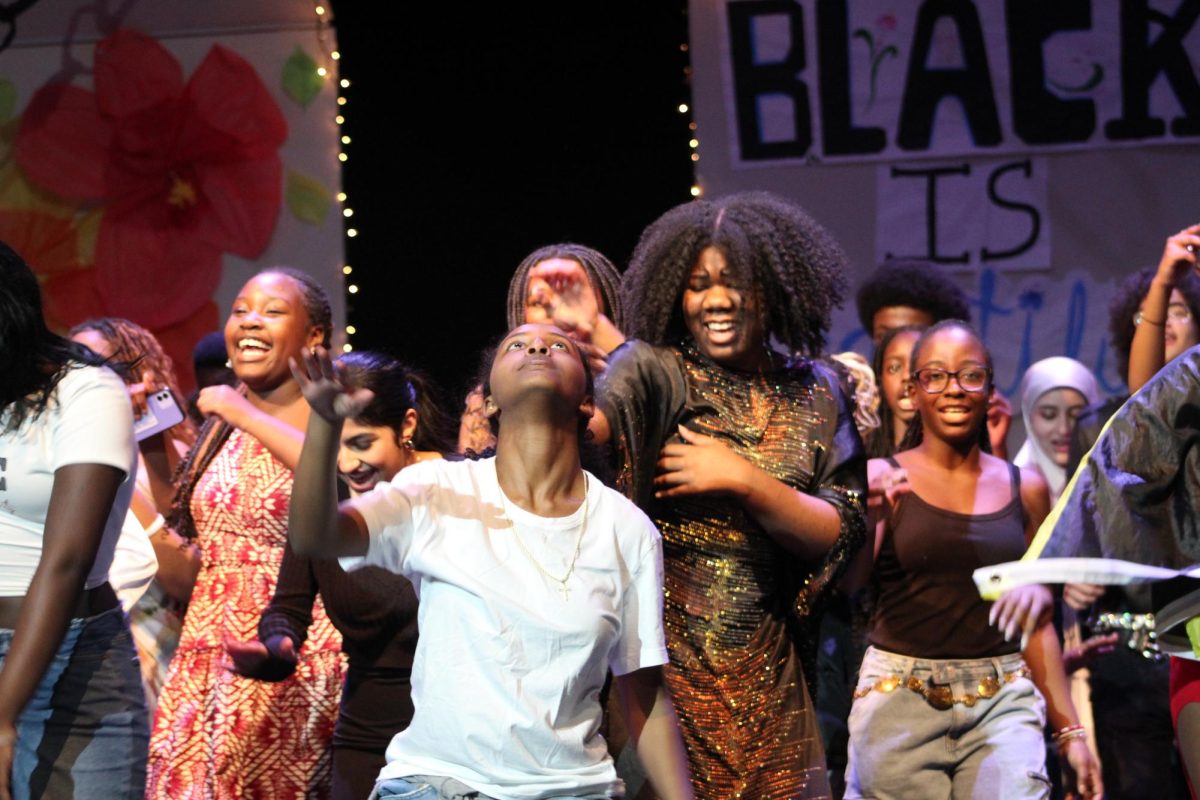Walter Johnson High School was founded in 1956. Let’s take a trip down memory lane and explore how the school has evolved:
The 60s:
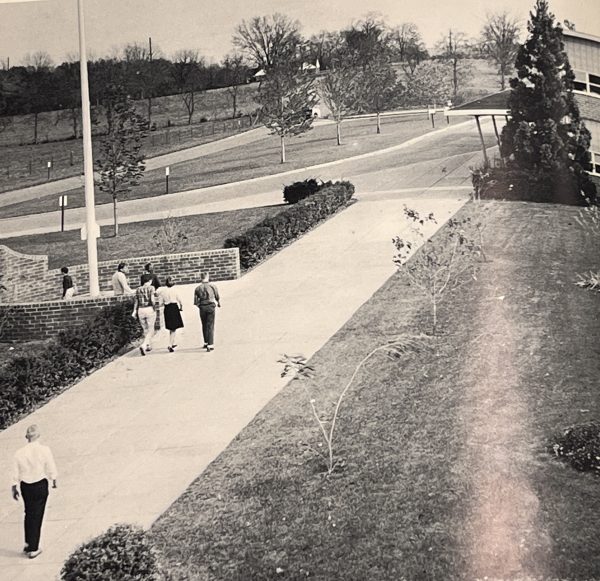
Welcome to the swinging sixties, an era defined by sex, drugs and rock ‘n’ roll. Bands such as Led Zeppelin, Rolling Stones and the Beatles took to the stage. The nation embraced new technological advancements like color televisions and pop art. They rebelled against conservative trends, protesting for political and social change, and getting involved in civil rights, LGBT rights and anti-war movements.
WJ was just getting started. They were called the Spartans, and their mascot was the Mighty Moo. Freshmen weren’t a thing yet since the school only hosted 10th-12th grade. Lunchtime was three 20-minute lunch periods where students devoured cafeteria food before heading outside to smoke cigarettes.
Educational reform was prominent with teaching methods dramatically evolving from more mechanical learning to discussion and hands-on activities. Still, WJ students took advantage of a driver’s educational program, financial education class and many practical courses, such as sewing and cooking. Around 50% of students entered higher education, while the rest headed to the workforce or domestic life.
John C Tomlin, an alum from the class of 1964 fondly remembers his time at WJ, marveling at the diverse opportunities provided. He considers himself “just a typical student” at a revolutionary time. The 60s were a roller coaster, filled with high highs: “[I remember] when the Spartans won the Montgomery County Football Championship in my junior year,” and devastating lows: “sitting in class, vice principal Mr. Bennet, told us that President Kennedy had been assassinated,” Tomlin said.
Overall, the 60s were a transformative time in America, compelling students to find themselves and make change.
The 90s:
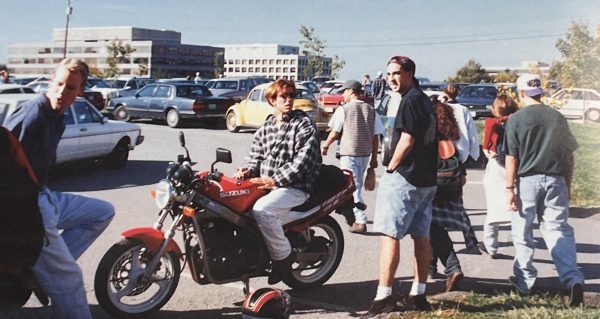
Fast forward 30 years. The hallways buzzed with the sounds of Nirvana and Tupac. Students sported flannel shirts and baggy jeans, mimicking their favorite grunge and hip-hop artists. “Friends” and the “Fresh Prince of Bel-Air” dominated conversations.
According to Lindsay Field, an alum from the class of 1994, the high school culture was characterized by a sense of community and camaraderie.
“We were much smaller then, with a graduating class size of around 200. Everyone knew each other, people were generally nice and understanding. While we were good students, with high aspirations, it used to be much less competitive,” Field said.
WJ boasted diverse course offerings from niche history courses to art classes. Advanced classes were available, but most students only took a couple of APs. While college preparation was important, it was far from the focus of high school. Field also noted a more practical and applicable emphasis on the curriculum. “[There were] Many more classes related to actual jobs. I took drafting, construction-related courses. I wanted to be an architect, and was prepared [by] my classes at WJ,” Field said.
The school environment was more laid back and playful. “There was a dirt field where the parking lot is now. Kids used to hang out there during lunch with their friends, totally content. We would play games, listen to music. It was like a college campus, ” said Daniel Kempner, class of 1996. “G-Square also used to have coffee shops, pastry places, and ice cream. I miss it.”
One memorable moment that encapsulates the spirit at the time was when the girls field hockey teacher lost a bet to his team and had to wear a kilt to school. “He tried his best not to flash people. It was a big laugh,” Field said.
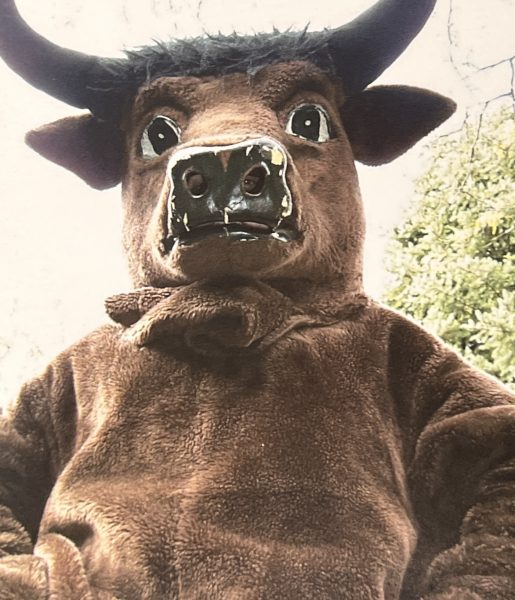
Today:
In 2024, WJ reflects the modern era, where technology and social media dominate students’ lives. The school is overpopulated, hosting over 3000 students, leading to crowded stairways, and traffic in the halls. Students are constantly connected through their phones, engrossed in the latest TikTok trend, lost in their own digital world. In a post-COVID time, virtual events have become more common, changing the way we interact. A new development is taking WJ by storm, the rise of AI, as students and teachers alike explore its costs and benefits within education.
In our favor, WJ students are more globally aware than ever before. They get involved in advocacy, from clubs like WJ Sources of Strength championing mental health awareness to the WJ Eco Team promoting sustainable changes. They are politically engaged, lobbying for the passage of bills and investing in social justice causes.
Academically, there is a strong emphasis on college readiness. AP classes have become the norm, with many students stacking up, taking around 6 to 8 by the time they graduate.
“College has become a lot more competitive. Our area is full of well-educated students [with] activity lists that look the same, so it becomes a matter of figuring out how you are unique while staying on top of your grades… I’m so grateful that we have access to resources and people that can help us and want us to succeed,” Jordan Block, class of 2024, said.
Extracurricular opportunities have expanded, with a plethora of clubs, nonprofits and activities available. Athletics has become more intense, with students specializing early on and dedicating themselves to a single sport.
“Nonchalant, goofy, lowkey unspirited. We’ve seen it all, we missed middle school [and] didn’t have a freshman year, it was a phase. Sophomore year we peaked sadly. Yeah, that’s us,” class of 2024 SGA president Sidney Scale said.
One thing is clear, WJ has always been a magical place, inspiring changemakers, expanding minds and building communities. Karin Reber, a member of the class of 2004, conveys the sentiment shared by many alumni. “I got a great education at WJ – one I didn’t really appreciate until I got out into the ‘real world.’ My friendships and experiences as a student-athlete had a big impact on who I am today. If I could go back, I would have taken the time to enjoy it a little more. After graduation, everyone scatters to the wind and goes on their own journey. It’s easy to forget some of the inside jokes you had and the wonderful quirkiness of the people around you,” Reber said.


